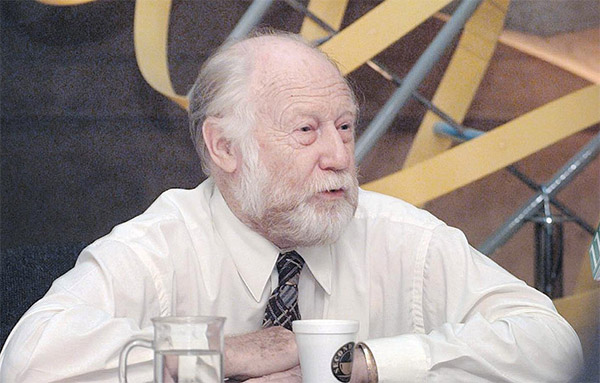Events
Canada 150: Michael Smith figured out how to target genetic mutations
 To mark Canada’s 150th birthday, we are counting down to Canada Day with profiles of 150 noteworthy British Columbians.
To mark Canada’s 150th birthday, we are counting down to Canada Day with profiles of 150 noteworthy British Columbians.
This brilliant Nobel laureate was best known as a regular guy — rumpled, humble, generous and as happy mentoring the broader public regarding the importance of science to their lives as he was enthralled by the complexities of his difficult research. He like camping, hiking, sailing, skiing and listening to Sibelius. Light reading ran to The New Yorker and The Guardian. If the stereotype of the driven genius is a cold aloofness, Smith, say his colleagues at UBC, is remembered instead as a warm humanitarian, thrilled by his work and compassionate toward everyone else.
He was born in 1932 into a working-class family in Blackpool, a British seaside resort better know for its frivolities — an illuminated tower, a pier, penny arcades, donkey rides for kids on the Sands — than for scholarship. But at a state-run elementary he scored high on examinations determining which pupils qualified for higher education. Scholarships took him to a PhD in chemistry from the University of Manchester in 1956. He then sought the best mind in his field, molecular biochemistry, to guide his post-doctorate studies. That was Har Gobind Khorana with the B.C. Research Council in Vancouver, who would win a Nobel Prize in 1968 and who taught his precocious English student the organic chemistry of biological molecules which make up DNA, the building blocks of life…
Read the complete article here